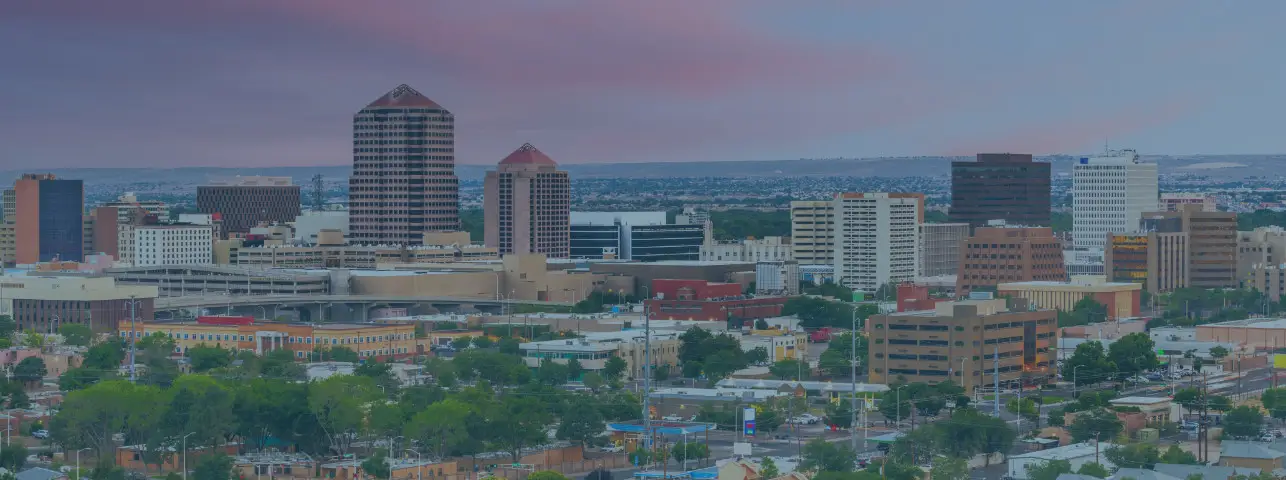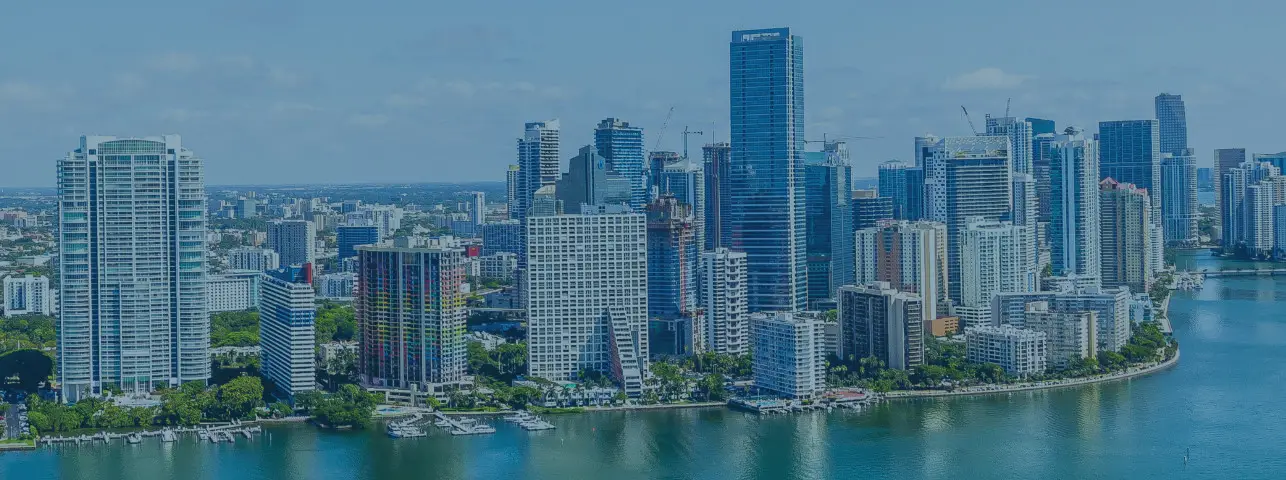Burn injuries can happen anywhere: in the home, at work, on construction sites, or in auto accidents. They often result from fires, chemicals, sunburn, electricity, friction, and scalds. Burn injuries are a serious problem in the United States. In 2012, more than 450,000 people received treatment for burn injuries at hospitals. And according to the National Safety Council, of those 450,000 burn victims that sought treatment, 3,950 died as a result of their injuries with most of these deaths resulting from residential fires.

John (Jack) Zinda
Founder / CEO
Over 100 years of combined experience representing injured victims across the country.
Available 24 / 7|Free ConsultationTreatment for burns is important. While some minor burns can be treated at home, any moderate to severe burns should be treated at a hospital or in a burn center. These centers have trained professionals who can evaluate the severity of the injury and prescribe appropriate treatment for wound care, pain management, smoke inhalation, dehydration, surgery and skin grafts when necessary.
Types of Burns
- Minor burns (first degree) – superficial
- These burns extend into the top layers of the skin called the epidermis and are often caused by sunburn or superficial burns. There may be some minor pain or redness but they are easy to treat at home. These superficial burns tend to heal in 5-7 days with minimal intervention and usually without scarring.
- Moderate burns (second degree) – partial thickness
- These burns involve not only the epidermis, but also the superficial dermis and the deep dermis layers. The burns will often be larger than the size of the palm of your hand, or involve the eyes, ears, feet and hands. These types of burns require medical attention and will produce blisters and superficial damage to the tissues. They will also involve a longer period of healing.
- Moderate to severe burns (third and fourth degree) – full thickness
- These burns can be grey, white or leathery in appearance and will often be described as painless due to the destruction of the nerve endings. There may also be a seeping of purple fluid coming from the burn area. The skin will be burned or charred with a hard, leather-like scabby appearance, along with obvious injury to the underlying skin, tissue and bone structure. The sweat glands and the roots of hair follicles will likely be destroyed. Third and fourth degree burns will always require treatment at a hospital or at a burn unit and will require a very long, often lifetime, recovery.
At Zinda Law Group, we understand the difficulties that you and your loved ones face as a burn victim. We know how traumatic the pain and disfigurement can be, and how expensive the treatment is going to be. We also understand that burn victims face long, painful recoveries that can have devastating effects on their life. If you have been the victim of a burn injury, contact a personal injury lawyer today. We want to help you get the treatment you need and help you get your life back on track.

Jason Aldridge
Attorney
We have successfully represented clients in a wide variety of cases across the country.
Available 24 / 7|Free Consultation























